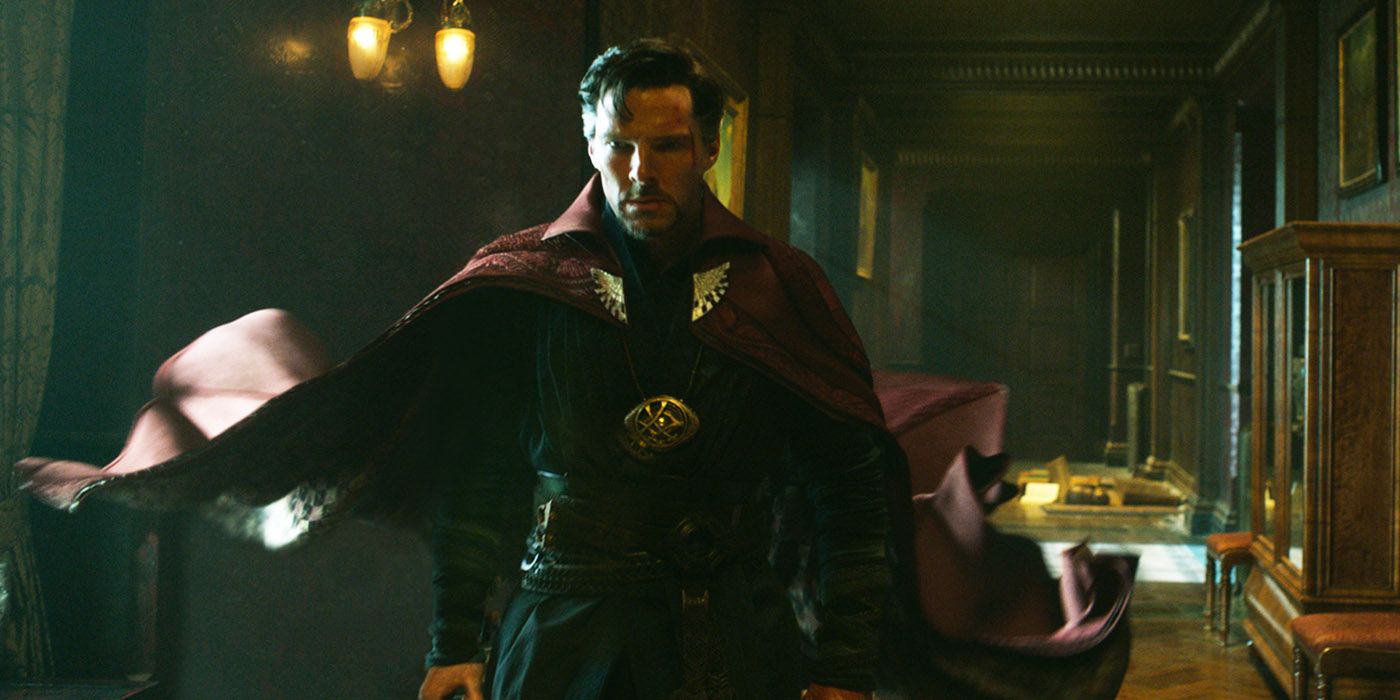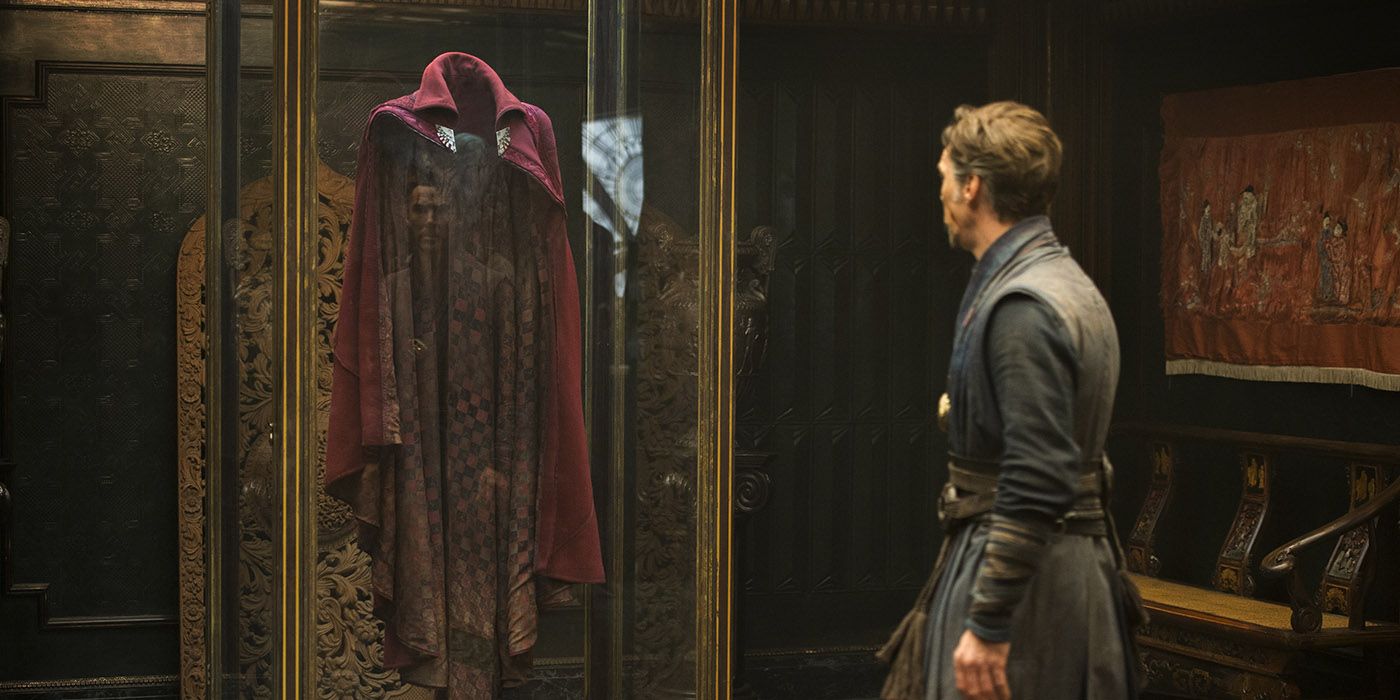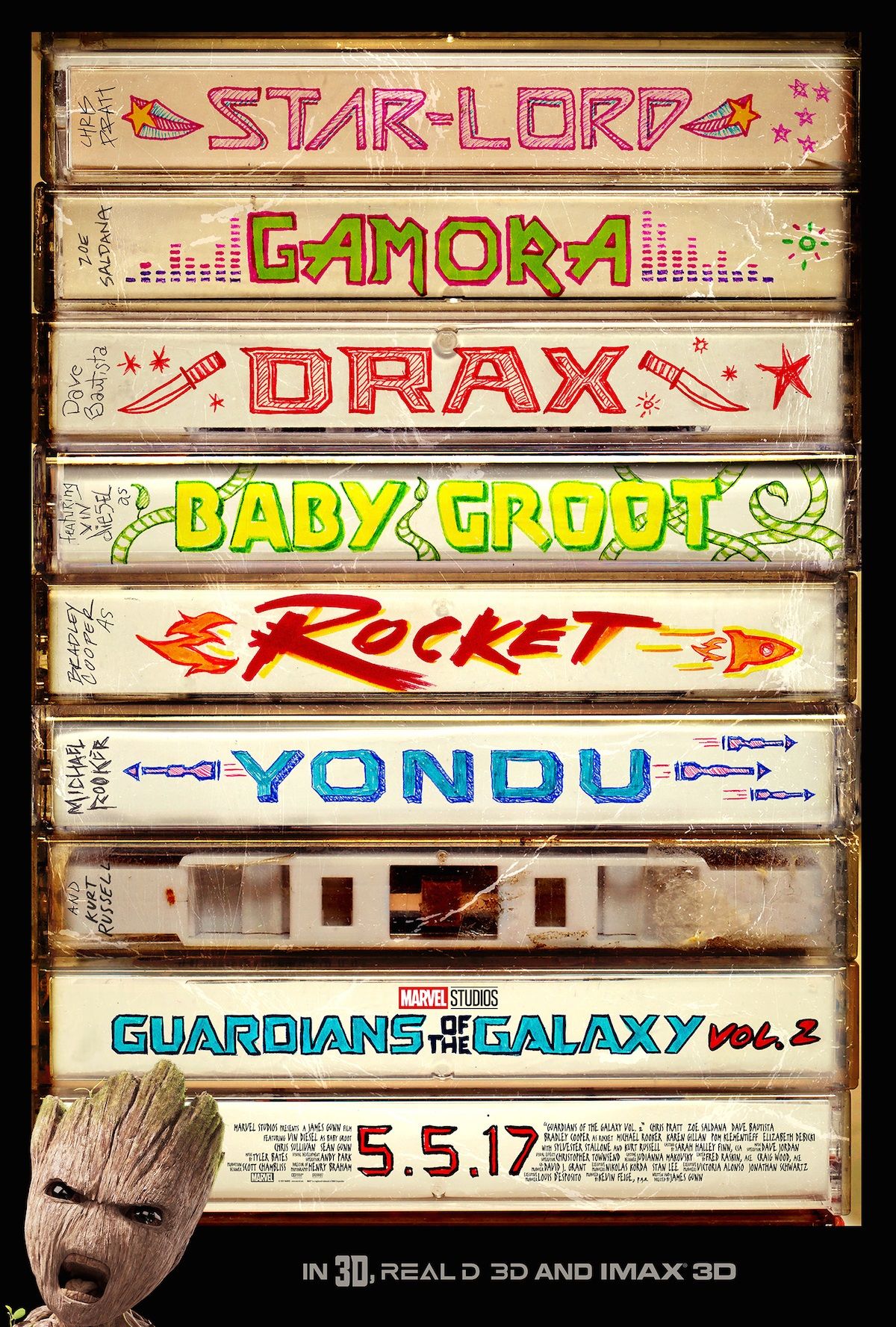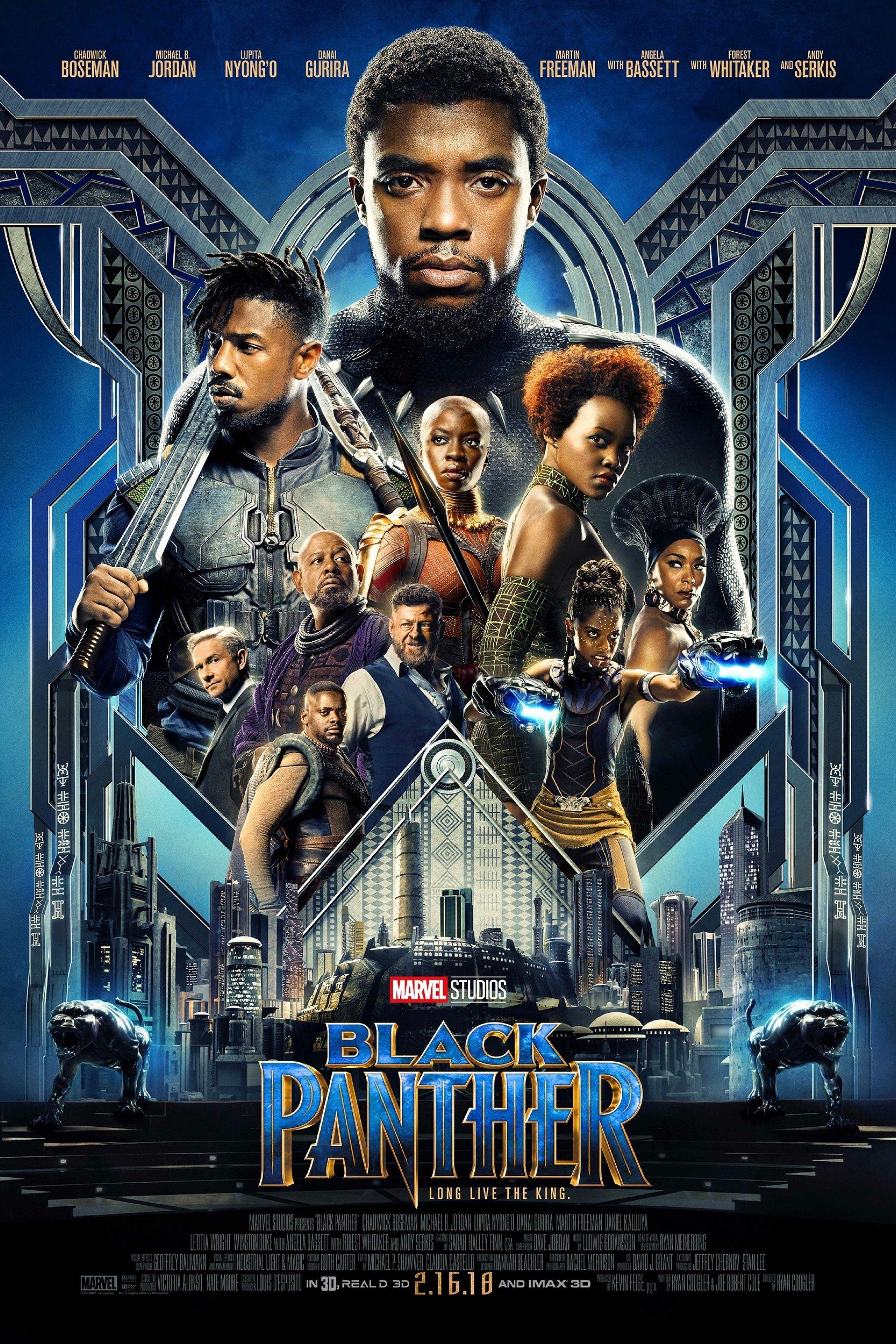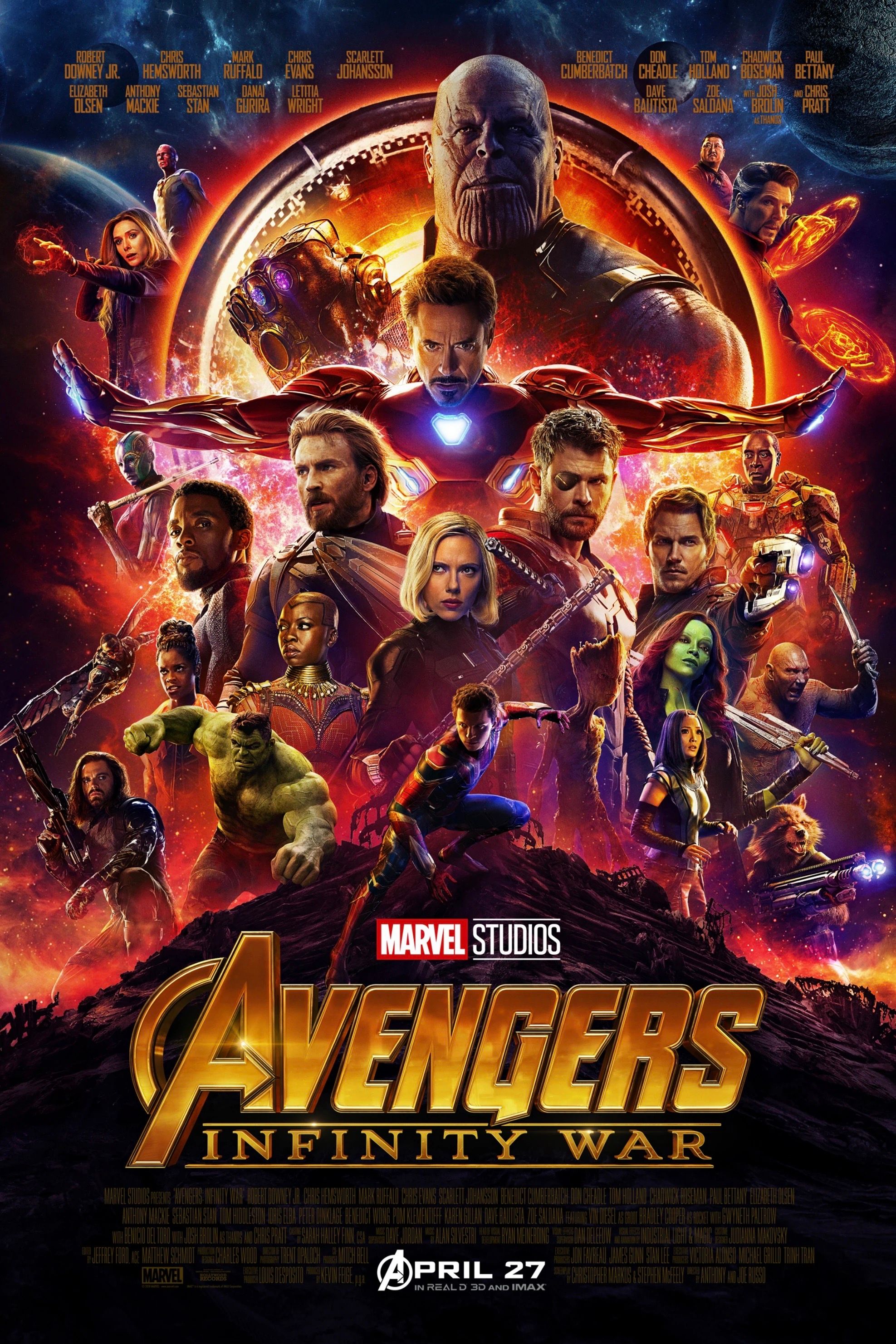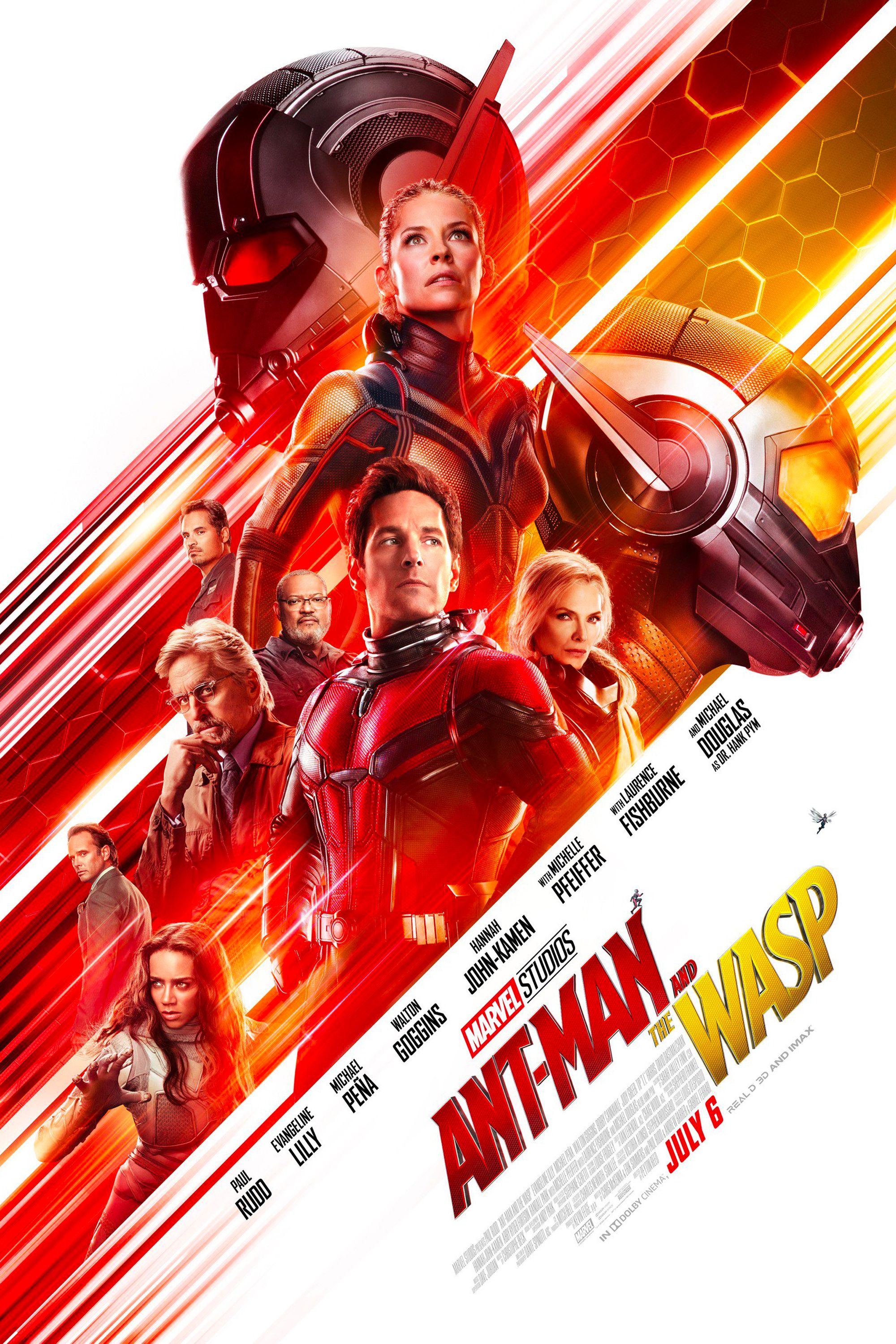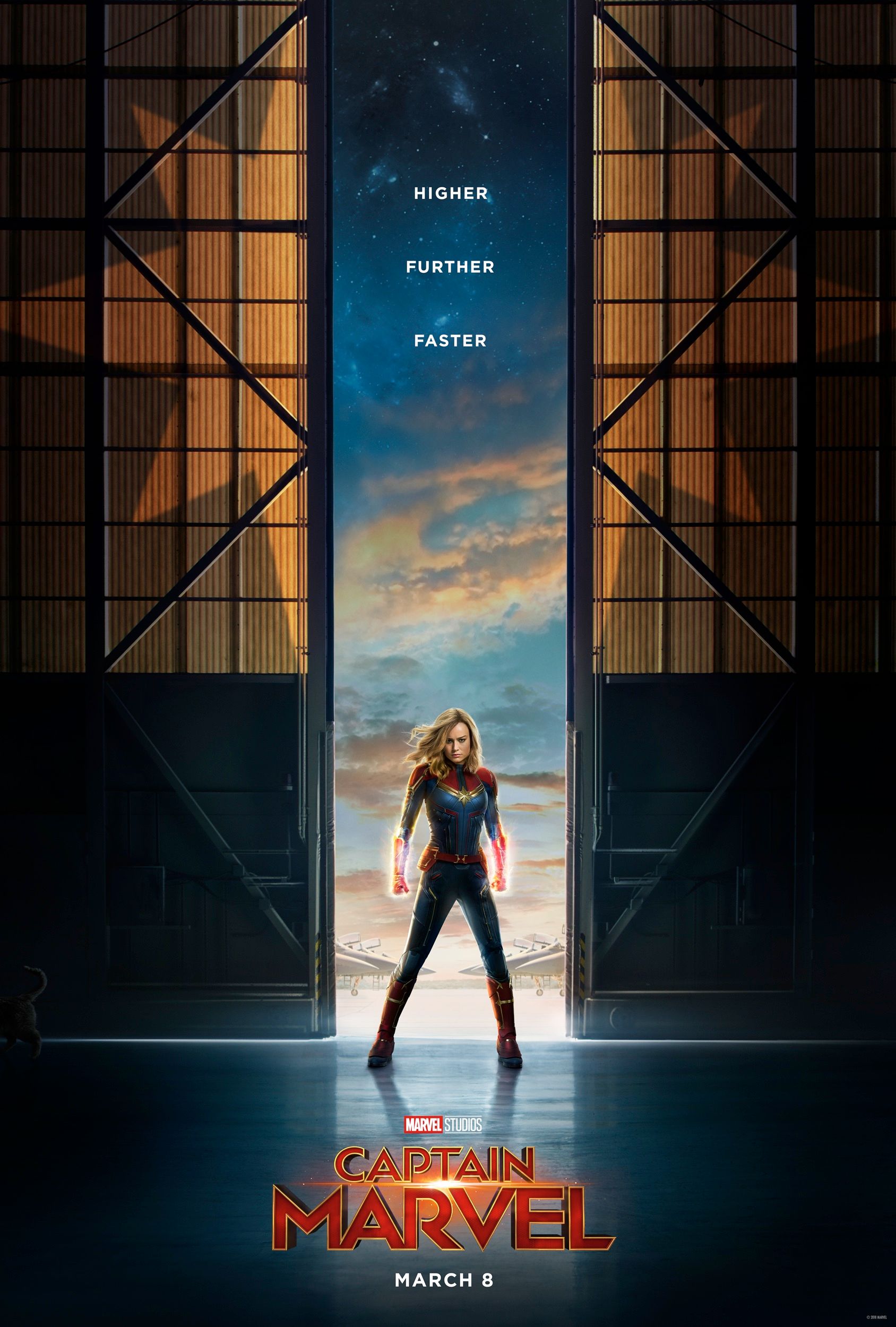While both fan and studio hopes were high for the release of Doctor Strange, no one was really sure how audiences would respond to the most magical installment in the Marvel Cinematic Universe. So far it looks to have exceeded expectations all around, with highly positive reviews and a $325 million worldwide box office take in its opening weekend.
Viewers have responded well to the mind-bending visual feast of Doctor Strange, as well as the dramatic and engaging portrayal of the title character by star Benedict Cumberbatch. Fans were looking forward to the inclusion of the Marvel comic character's signature magical artifacts, and the Cloak of Levitation's portrayal as a living entity was a highlight of the film for many. It is shown as much more than a method of flight; it is as an active partner and protector to Strange in his battles with villain Kaecilius (Mads Mikkelsen).
The cloak also has a personality of sorts, allowing for some moments of humor amid the violence and chaos. In an interview with IGN, Guardians of the Galaxy and Doctor Strange visual effects supervisor Stephane Ceretti revealed that another Marvel fan favorite character was the inspiration for the dynamic red cape:
"For most of the cloak shots we used the same company that did Rocket on Guardians, because we knew that we wanted the cloak to be a real character. They had done amazing work with Rocket on Guardians, so we used them for that. I think it turned out pretty well."
Few could argue that Framestore, the effects company Ceretti references, had a large part in the success of a film that hinged on the believability of a team that included both a talking raccoon and a walking, talking tree. The personification of the Cloak of Levitation had origins in the source material and the film's script, but as Ceretti explains, it expanded much more as the project progressed:
"It was kind of scripted but not as deeply as that. And then as we went along, and started to do pre-viz, then we had a big discussion about the arc of the story of the cloak in the film. It begins like the story of a horse rider and the horse. The first time they meet they don't know each other, right? The horse is kind of crazy and takes over the horse rider, but as they work together they start to learn each other and work together in the end. It's the same kind of story."
Ceretti goes on to add that the stuntmen also added input, which could explain the amusingly effective scene where the cloak envelops the head of one of Strange's attackers, knocking him to the ground repeatedly so the sorcerer can escape. "There are tons of people with good ideas and we try to make the best out of everything and I think that turned out pretty well."
Some viewers have objected to the film's comical moments with the cloak, likening the effects to a Disney version of Aladdin's magic carpet. A lot may depend on your personal tolerance for the MCU's use of levity in their films, but the impressive part of Doctor Strange's magical artifact is that there was actually a "story of the cloak," as Ceretti says. It's not just a collection of random gimmicks -- the cloak chooses to save the sorcerer, then the two slowly learn to work together and develop an actual connection. That fits in well with the more spiritual side of Doctor Strange, and so far it looks as if most people have expanded their minds to accept that connection.

